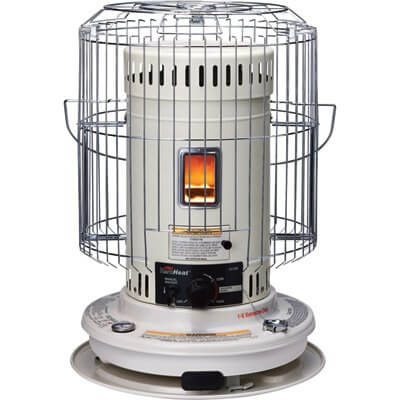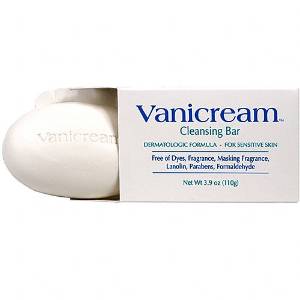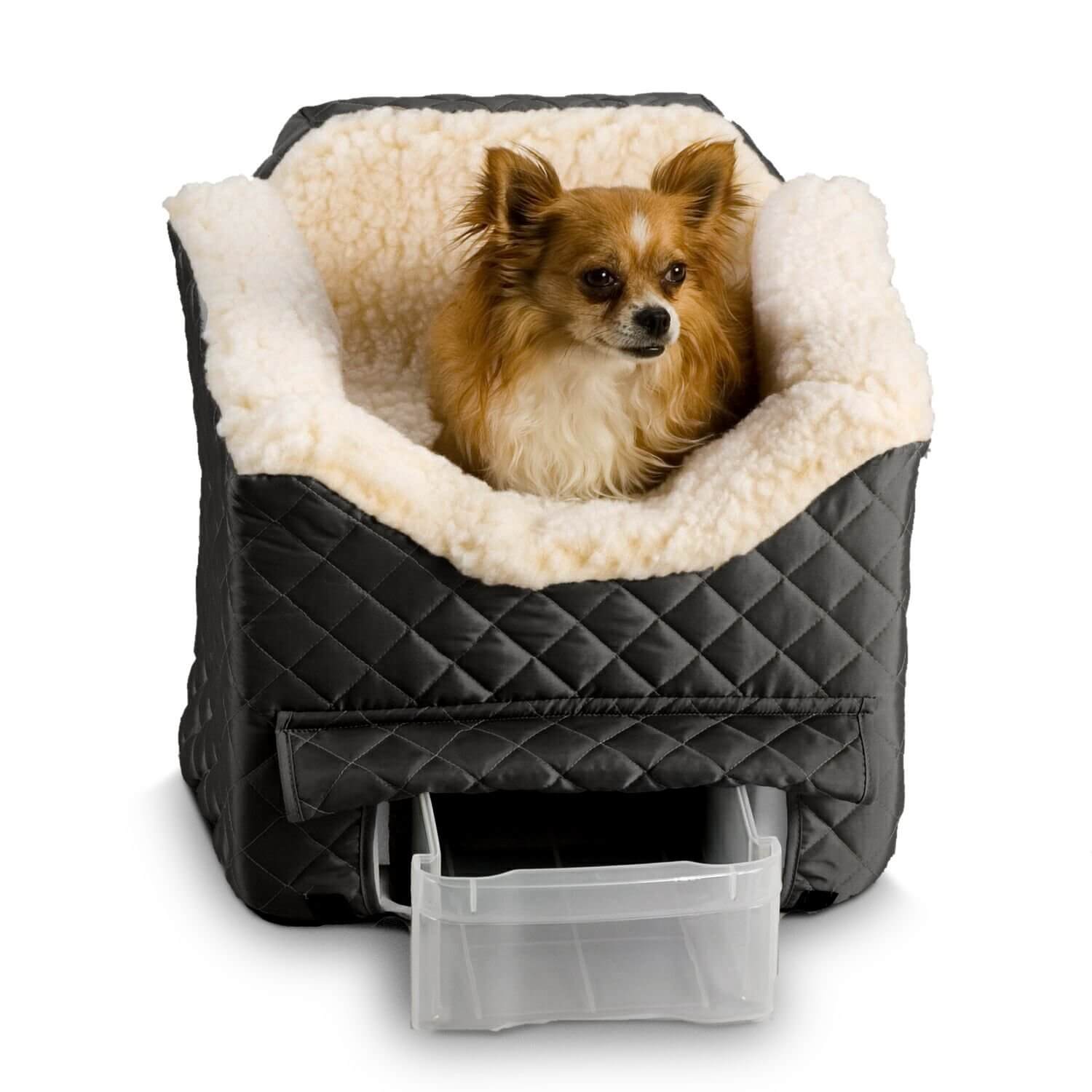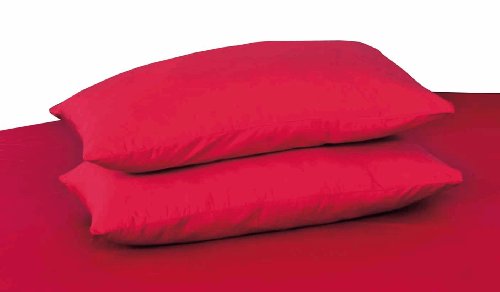
Five Heat Producing Stove Options
If you need to heat your home, there are a myriad of options you can choose from. All of them pose different trade-offs in installation costs, in heating costs, in heat generated, in ease of use and even in safety. Here are five of the most common options you can choose from.
Stove #1: Corn Burning Stoves
Burning corn is a very environmentally friendly fuel source. There are no imported petroleum products needed to create the fuel source. You simply burn shelled corn to generate heat.
Depending on the cost of shelled corn in your area, it can also be a lot more affordable than other options. For example, based on $175 a ton for pellet stoves and $1.75 per bushel of shelled corn, the cost to produce 1,000,000 BTU is only $3.90 with shelled corn, while pellet stoves would cost $10.50 to produce the same amount of heat.
Stove #2: Waste Oil Stoves
Waste oil heaters are a great way to actually help the environment while affordably heating your home. Most commercial buildings that use oil can’t just dump out their oil. Instead, they have to pay a recycler to take the oil.
That recycler can then turn around and sell the oil to someone like you. You help cleanly burn off this waste oil, while producing between 160,000 and 190,000 BTUs per gallon. That’s about double what you’d produce from the same volume of propane.
Stove #3: Kerosene Heaters
Kerosene has been a traditional source of heat since before the invention of the light bulb. Even today it’s still a popular method of heating a home.
Kerosene heaters function very well in extreme cold. You might have a very hard time starting a corn stove or a wood stove in winter, but your kerosene heater will always light.
That said, kerosene poses its own dangers. It’s highly flammable and can’t be compressed, so you have to store a large volume of it to get you through winter. That can be dangerous, especially around kids.
Stove #4: Propane Stoves
Propane is one of the best options for areas prone to blackouts. Most heaters require electricity either to operate the stove itself or to operate the ventilation system.
Because propane burns so cleanly, it can still be operated even when the electricity is down. It doesn’t require power to operate the unit itself.
The downside is that propane itself poses physical safety issues. Tanks can leak over time. They have to be stored outside for safety reasons. They’re also quite heavy.
Stove #5: Wood and Pellet Stoves
Finally, you have traditional wood stoves and pellet stoves. Both can provide you and your family with plenty of heat in the winter. Pellets burn more cleanly but don’t work in blackouts. Wood stoves require more clean-up but are slightly easier to operate, as you don’t have to lug in 40-pound bags of pellets.
These are five of the most common types of heat producing stoves.




